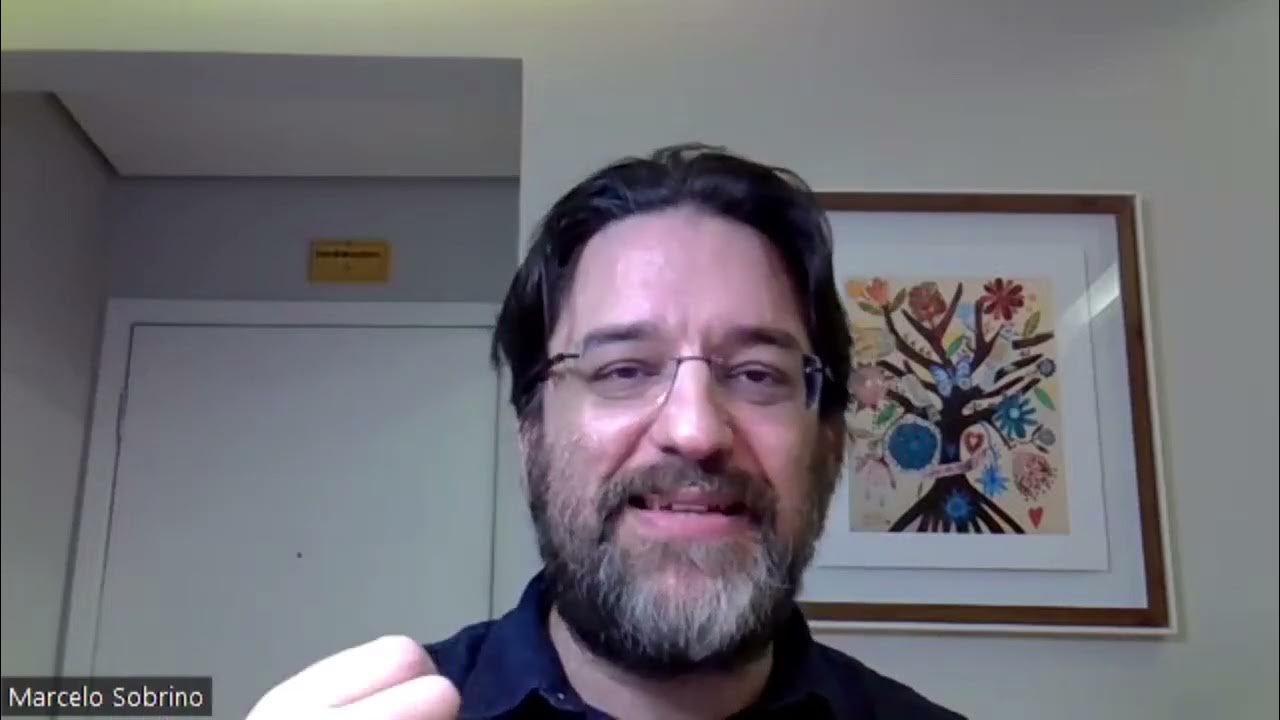Guidelines for Translating & Adapting Test (part-1)
Summary
TLDRThis video presents the International Test Commission's guidelines for translating and adapting tests, focusing on six key areas, including preconditions for adaptation and the importance of construct equivalence across cultures. It emphasizes obtaining permission from intellectual property holders, evaluating the overlap in constructs, and minimizing irrelevant cultural and linguistic differences. The process involves recruiting knowledgeable experts and gathering empirical data through interviews and surveys. Ultimately, these guidelines aim to ensure that tests are accurately adapted for diverse populations while maintaining their validity and reliability.
Takeaways
- 📜 Obtain permission from intellectual property holders before adapting or translating a test.
- 🔍 Evaluate the overlap in constructs measured by the test and ensure they are understood similarly across cultures.
- 🌏 Establish construct equivalence to ensure that what is assessed is understood in the same way across different language and cultural groups.
- 👥 Recruit experts familiar with both the construct and the cultures of the original and target groups for effective adaptation.
- 🛠 Conduct focus groups, interviews, or surveys to gather empirical data on construct equivalence.
- 💬 Minimize cultural and linguistic differences that do not impact the test's intended use.
- 📝 Exclude jargon or terminologies that may not be understood in the target culture during adaptation.
- 🔄 Ensure that there are no linguistic barriers or specific jargon in the adapted test.
- 👤 Choose translators who are native speakers of the target language and familiar with the culture.
- 📊 Utilize qualitative methods to assess the cultural and linguistic distance between the source and target groups.
Q & A
What is the primary focus of the guidelines discussed in the video?
-The guidelines focus on the processes involved in adapting and translating tests, as outlined by the International Test Commission (ITC).
What are the three preconditions that need to be fulfilled before adapting a test?
-The three preconditions are obtaining permission, evaluating construct overlap, and assessing linguistic and cultural distance.
What does the first precondition, PC1, entail?
-PC1 requires researchers to obtain the necessary permission from the holder of the intellectual property rights related to the test before any adaptation can occur.
How is construct overlap defined in the context of test adaptation?
-Construct overlap refers to the evaluation of the similarities in the definitions and content of the construct being measured by the test and ensuring it is understood similarly across the target population.
Why is it important to establish construct equivalence?
-Establishing construct equivalence is crucial to ensure that the test measures the same construct in both the original and target cultures, allowing for valid comparisons and interpretations of results.
What role do experts play in the process of adapting tests?
-Experts are recruited to provide insights into the construct being measured and the cultural context of the target group, helping to ensure the validity of the adapted test.
What methods are recommended for collecting empirical data to support construct equivalence?
-Recommended methods include conducting focus groups, interviews, or surveys to gather qualitative data that supports the understanding of the construct in both cultural contexts.
What does the third precondition involve regarding cultural and linguistic differences?
-The third precondition emphasizes minimizing the influence of irrelevant cultural and linguistic differences that do not pertain to the intended uses of the test.
What is meant by 'minimizing the influence of cultural jargon' in test adaptation?
-It means identifying and excluding culturally specific terms or jargon that may not be understood by the target population, ensuring the language used in the test is accessible.
What criteria should be considered when selecting translators for adapting a test?
-Translators should be native speakers of the target language and have familiarity with both the source and target cultures to ensure accurate and culturally relevant translations.
Outlines

このセクションは有料ユーザー限定です。 アクセスするには、アップグレードをお願いします。
今すぐアップグレードMindmap

このセクションは有料ユーザー限定です。 アクセスするには、アップグレードをお願いします。
今すぐアップグレードKeywords

このセクションは有料ユーザー限定です。 アクセスするには、アップグレードをお願いします。
今すぐアップグレードHighlights

このセクションは有料ユーザー限定です。 アクセスするには、アップグレードをお願いします。
今すぐアップグレードTranscripts

このセクションは有料ユーザー限定です。 アクセスするには、アップグレードをお願いします。
今すぐアップグレード5.0 / 5 (0 votes)






